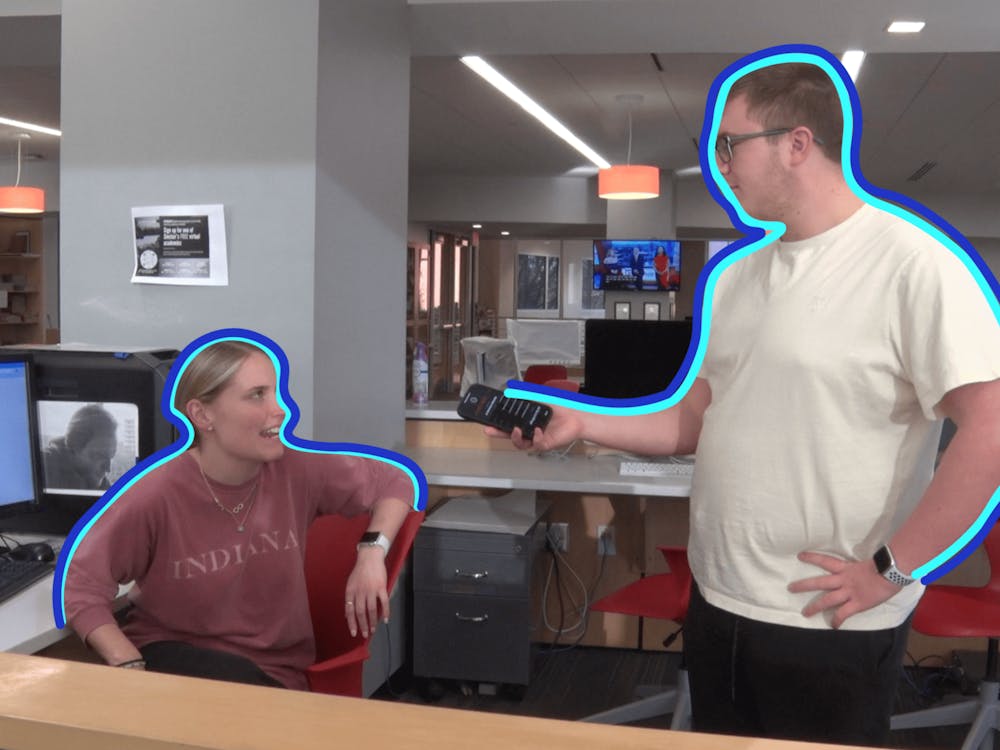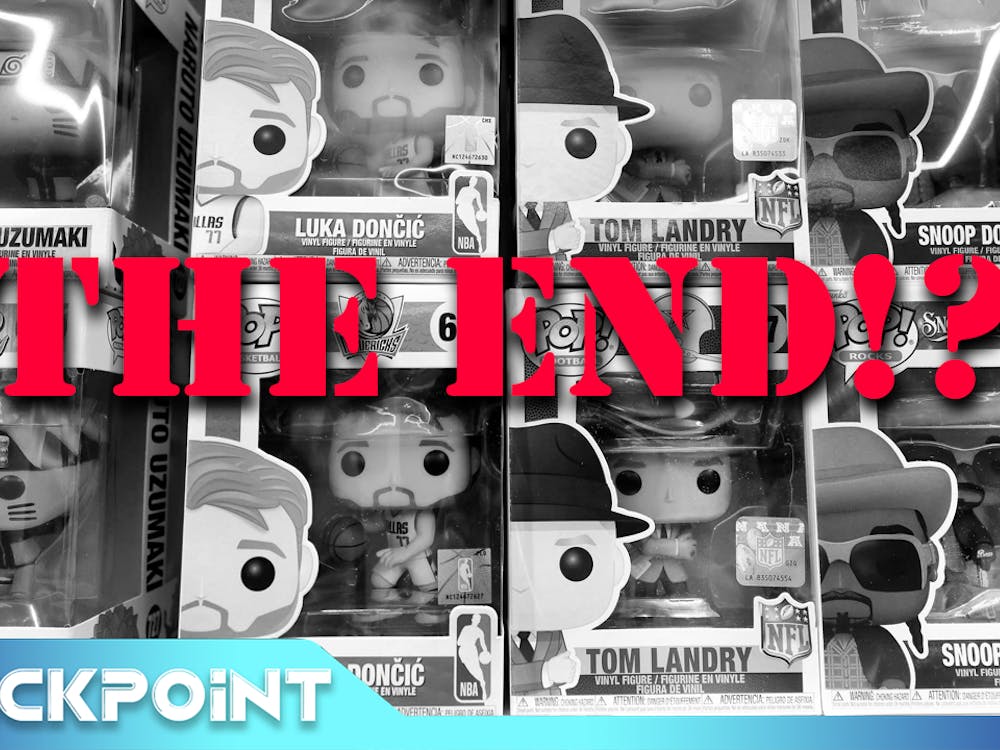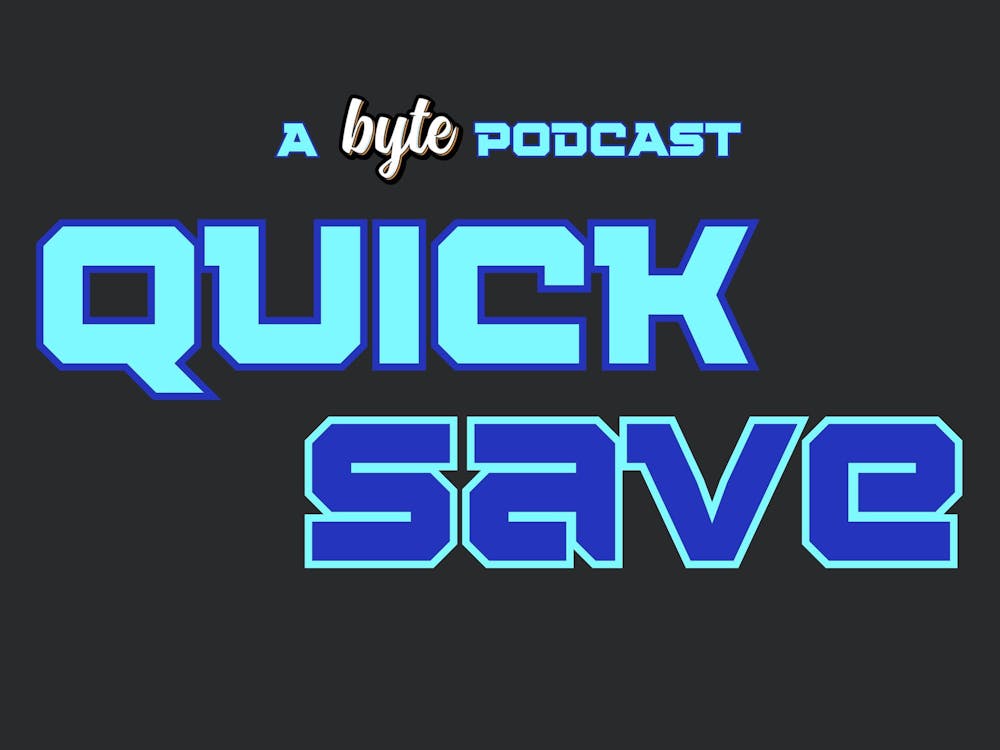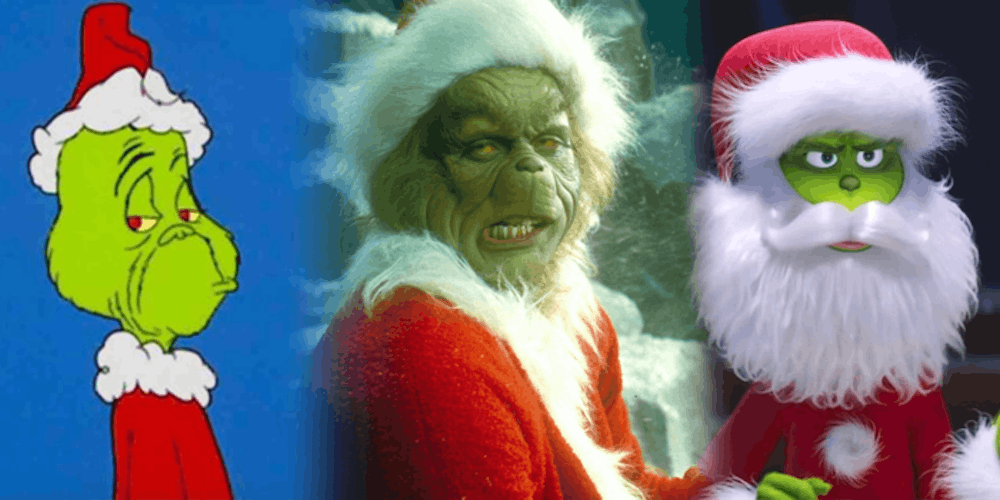by Joe Bursley The opinions and views expressed in this article are those of the author and do not reflect the opinion of Byte or Byte's editorial board. Theodore Seuss Geisel is one of the least recognizable names in all of history. However, his pseudonym “Dr. Seuss” is beloved by children and child-like adults around the world. Known for making whimsical stories that utilize poetic meter, made-up words, and deeper political messages about society and the human condition, Dr. Seuss is famous for inspiring many children to read and enjoy doing so, with many of his books becoming instant beloved classics. Just like all beloved classics, Hollywood was quick to secure the film rights and make a buck or two off of Seuss’s adapted works. The latest instance of this was Illumination Entertainment’s The Grinch, starring Benedict Cumberbatch. However, there have been several others over the past 20 years that have come to fruition. But how do these films measure up to their source material?
The Lorax (2012)
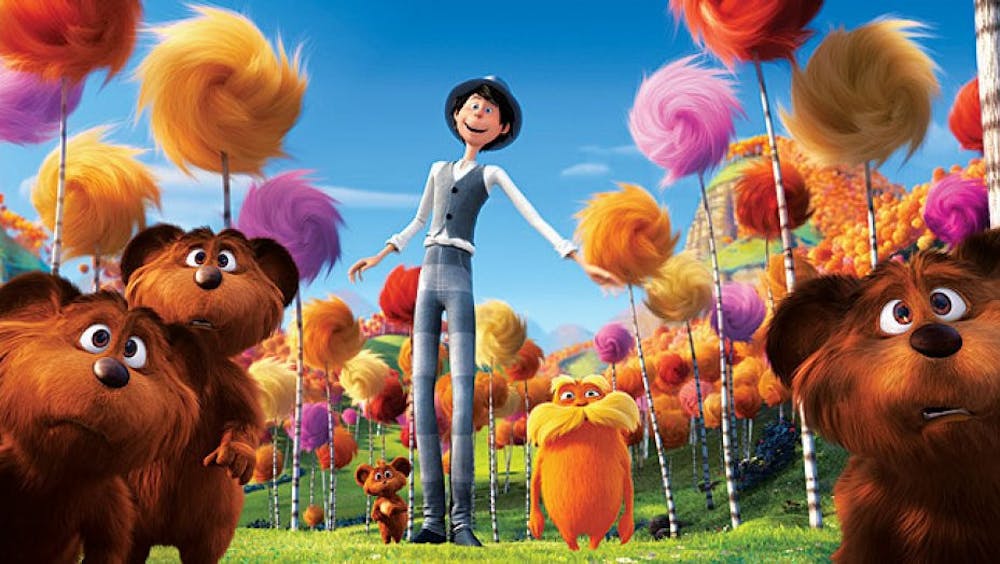
Horton Hears a Who! (2008)
Horton Hears a Who!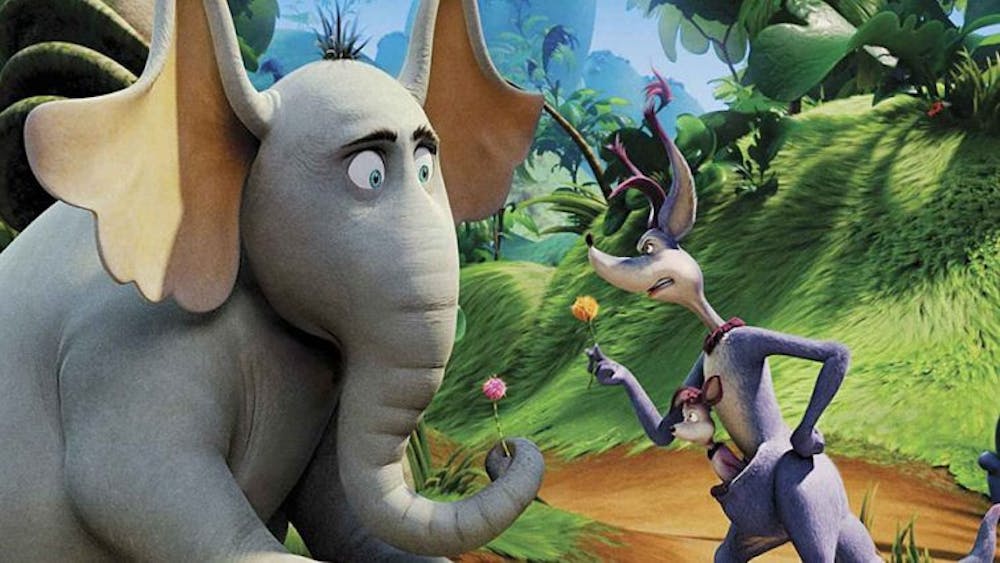
The Cat in the Hat (2003)
The Cat in the Hat The Cat in the Hat challenged to write a book Dick and Jane has forbidden any more live-action adaptations.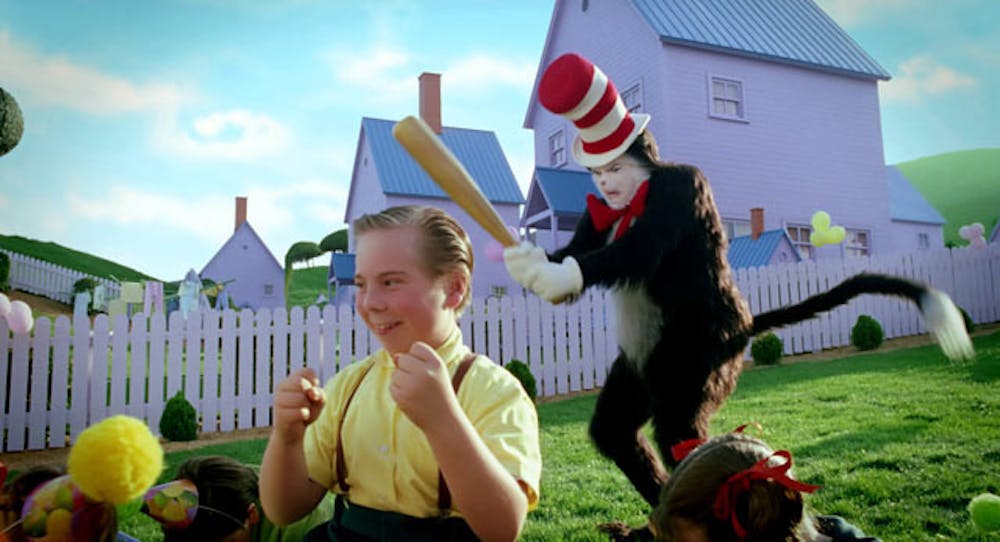
How the Grinch Stole Christmas (2000)
How the Grinch Stole Christmas sold over 3 million copies cardiomegaly
Mental Floss Once-ler Fandom Wiki NPR TV Overmind Publishers Weekly Mayo Clinic Polygon Hollywood Reporter Alamo Drafthouse Cinema Imgur Bustle




